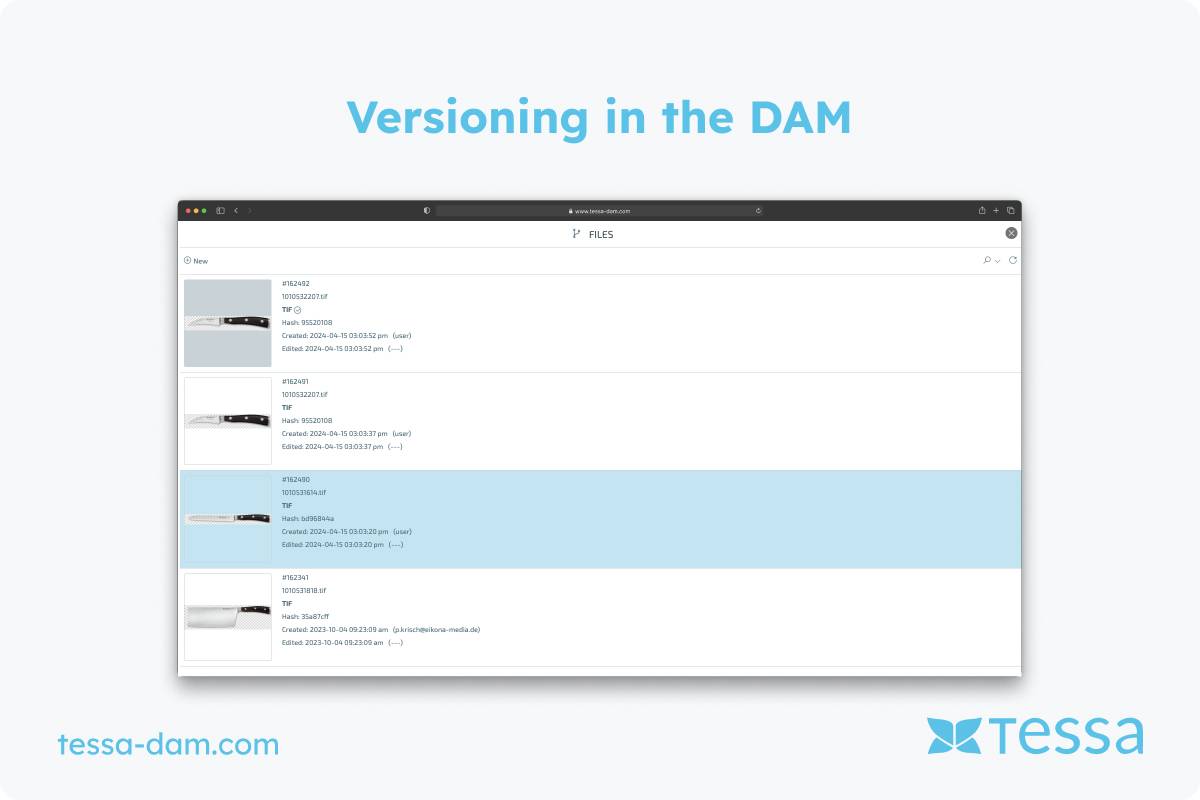Introduction
Versioning plays a pivotal role in today's digital landscape, being fundamental across various domains and significantly influencing project success. This article delves into the importance of versioning, examining its concrete implications on project effectiveness and efficiency, with software development and digital asset management (DAM) serving as exemplary domains.
Definition and Purpose of Versioning
Versioning refers to the systematic process of managing changes to digital resources over time. This can encompass the storage and tracking of different versions of files or codebases. The primary purpose of versioning is to enable continuous documentation and tracking of changes, thereby creating a transparent history that allows stakeholders to trace the project's progress and reconstruct its state at any given point. Thus, versioning not only facilitates the management and maintenance of digital assets but also contributes to maintaining the integrity and consistency of projects.
Advantages of Versioning
The application of versioning brings numerous benefits that positively impact the development process and project success. A significant advantage lies in the traceability of changes and clear understanding of the development history. This allows team members and developers to comprehend the progression of modifications and selectively access specific states. Furthermore, versioning facilitates error correction by enabling a return to previous versions to identify and rectify sources of errors. The restoration of previous states is thus more efficient and less time-consuming. Another significant advantage is the promotion of effective collaboration and teamwork. Through transparent documentation of changes and the ability to work concurrently on different versions, team coordination is enhanced, leading to increased productivity.
Challenges and Solutions
Despite its numerous advantages, versioning also presents some challenges that must be addressed in the development process. One such challenge is conflicts in merging changes, particularly when multiple developers are working on a project simultaneously. Conflicts can lead to inconsistencies and require careful handling to ensure smooth operation. Additionally, security aspects concerning access to sensitive information pose another challenge. Versioning may contain sensitive data such as access credentials or proprietary information that needs protection from unauthorized access. Robust access control mechanisms and encryption technologies are required to ensure security. Furthermore, performance issues may arise, especially with extensive repositories or a large number of digital assets. Managing large datasets requires efficient algorithms and resource management to ensure optimal performance. By implementing appropriate solutions, these challenges can be successfully addressed to maximize the effectiveness and efficiency of versioning.
Application in Software Development and Digital Asset Management
Specialized versioning systems like Git, SVN, and Mercurial are employed in software development to track changes in source code. These systems facilitate organized collaboration among multiple developers and the management of different development branches.
In DAM, versioning techniques are utilized to document and manage changes to digital assets such as images, videos, and documents. This enables efficient collaboration within teams and provides the ability to revert to previous versions of assets.
Version Control with TESSA DAM
Without a DAM system, there is a risk of files becoming disorganized or accidentally using the wrong version. A clear version history and automated workflows enable faster and more efficient work. Any changes made are automatically updated for all participants, ensuring everyone stays on the same page.
The advantages of TESSA DAM versioning include:
- Saving changes with timestamps, version numbers, and user IDs
- Overview of the entire file lifecycle
- Support for automatic or manual versioning
- Versioning of software components, programs, and files
- Clear overview of file status
- Restoration of previously edited texts or images
- Protection against data loss
- Option to define the status of a document
- Workflow support through approval and editing processes as well as status-dependent notifications
Conclusion
Facilitates in managing changes
Versioning is crucial in both software development and digital asset management, as it facilitates change management and supports collaboration within teams. By utilizing appropriate versioning systems and adhering to best practices, projects can be conducted more efficiently, and the quality of results can be enhanced.





